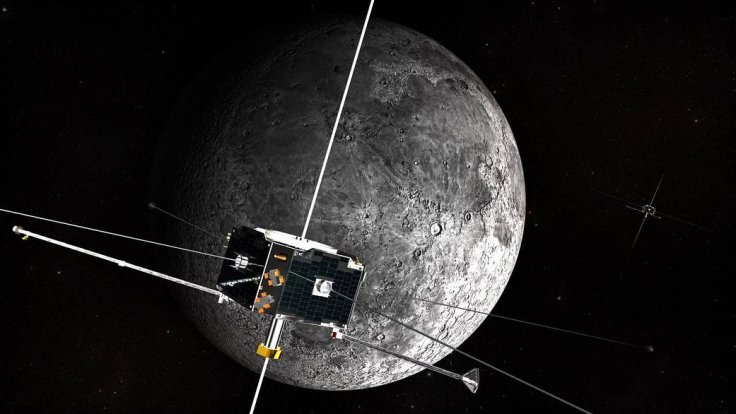NASA's Space Launch System (SLS) recently got damaged during a procedure at the agency's Marshall Space Flight Center. Fortunately, the damage occurred during a procedure designed to test the breaking point of the rocket.
The SLS was developed by NASA to serve as a launch vehicle for its deep space exploration missions. It is expected to operate as the premier launch vehicle for the agency's new spaceflight program known as Artemis.

Testing the SLS Rocket
To ensure that the SLS rocket fuel tank will perform smoothly in upcoming missions, NASA created a test version of the component. Through several tests, NASA subjected the SLS test version to varying levels of pressure and force to mimic the conditions that tanks go through during launches and spaceflights.
On Dec. 5, NASA carried out its latest test which involved using gaseous nitrogen for pressurization and hydraulics to simulate the heavy loads that the tank will go through. According to NASA's engineers, the tests were designed to replicate the immense pressure the SLS tank will go through at engine thrust levels.
Breaking the SLS Rocket
The purpose of the recent test was to determine the tank's breaking point. After being exposed to over 260 percent of expected flight loads for more than five hours, the massive tank ruptured and got severely damaged. Despite the outcome of the test, NASA's engineers are satisfied with the result as it provided them with valuable information regarding the SLS.
"We purposely took this tank to its extreme limits and broke it because pushing systems to the point of failure gives us additional data to help us build rockets intelligently," Neil Otte, NASA's chief engineer for the SLS Stages Office said in a statement. "We will be flying the Space Launch System for decades to come, and breaking the propellant tank today will help us safely and efficiently evolve the SLS rocket as our desired missions evolve."

Carrying Orion For The Artemis Program
Since NASA has successfully determined the breaking point of the SLS, the agency will now begin working on improving the fuel tank system. Once completed, it will most likely undergo another series of tests until the agency comes up with the best version of the rocket fuel tank.
The SLS will be used as the main rocket that will launch the spacecraft Orion for its mission to the Moon. In addition to this, it will serve as the launch vehicle for all spaceflight projects of the Artemis program.








